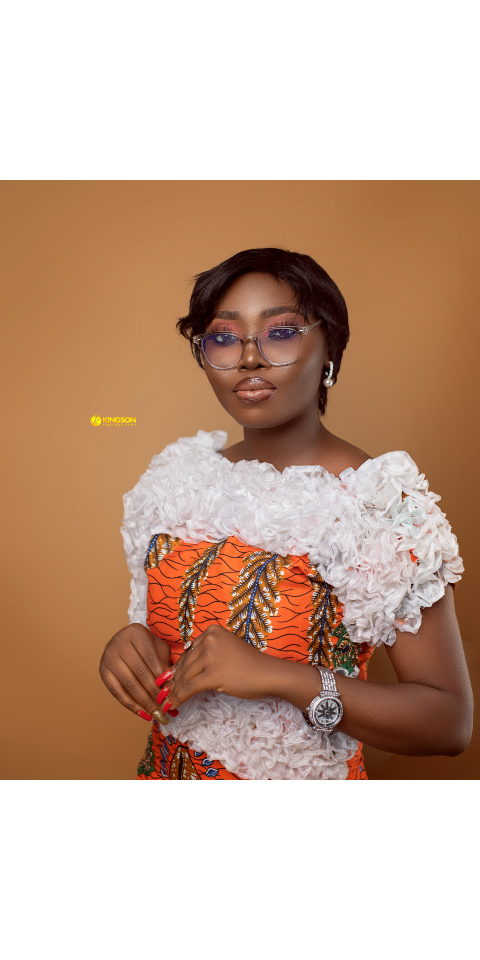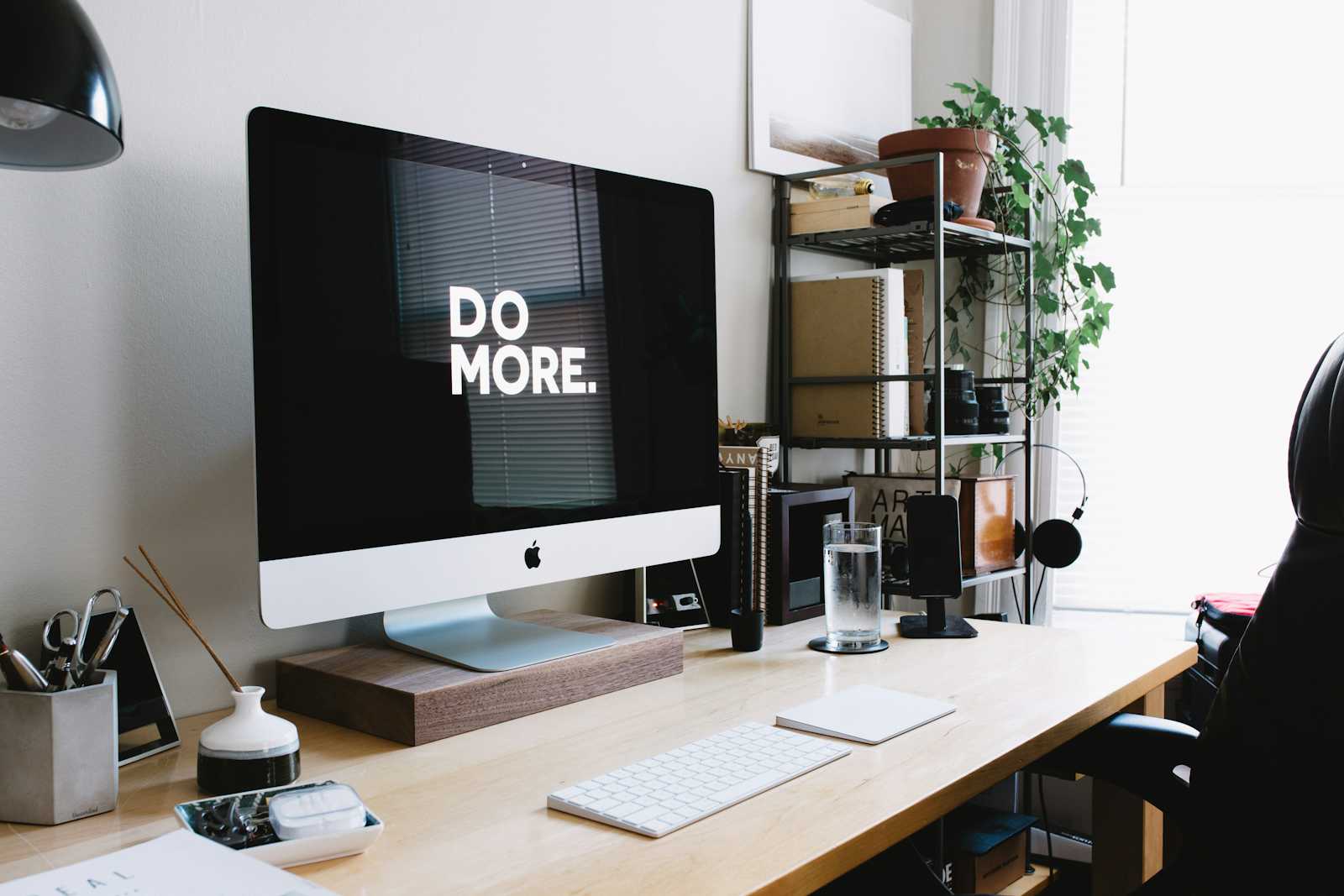Navigating from Non-Tech to Tech:
 Princess Ogunka
Princess Ogunka
My Journey into Development and Design
Embarking on a journey from a non-technical background to exploring the realms of development and design is an exciting adventure, but it comes with its share of challenges and opportunities for personal and professional growth. For those currently navigating this transformative path, I'd like to share some valuable lessons from my own winding journey.
I've personally experienced the twists and turns that took me from coding to design, back to coding, and ultimately finding my niche in the design field. The advice I offer is tailored for developers contemplating a leap into the world of design, focusing on practical strategies rather than assuming innate design skills.
It's all about making this transition smoother and more enjoyable, so let's dive in together!
MY JOURNEY
In reflecting upon my technological journey, which kickstarted in the realm of development, I find myself indebted to the extraordinary tech mentors who illuminated my path. Their guidance served as a propellant during the initial stages, generously offering a diverse array of resources that fueled my learning. Amidst the exhilaration of programming, a persistent sense of incompleteness beckoned me towards explorations in design, solidifying my dedication to this creative realm. I have always been a creative, I like to think of it as my superpower, and I really desired a career that aligned with my natural skills and interests.
Much like many others, my professional journey led me through three distinct career paths. I invested significant time in each, diligently studying and honing my skills before discovering the anchor that would define my professional trajectory. Initially I majored in Accounting and graduated with a bachelors. My childhood dream was to be a lawyer but with how undefined life can be, I delved into the realm of communication, romanticized a little with design, then transitioned to frontend software programming, briefly explored the intricacies of software engineering, only to return full circle to the captivating world of user interface and user experience design.
Discovering your true calling is a fascinating and personalized journey, influenced by your unique experiences and various learning adventures. The twists and turns in this odyssey, adds depth to your professional story, turning each step into a valuable part of the narrative leading to unlocking your true potential. Embrace the richness and uniqueness of your journey.
Brief Message for Designers with a Developer Background
Expect a cool change in how we design software in the coming years! Having both coding and design skills will be a big plus. I believe future designers will be like design technologists, blending the best of both worlds. Don't see your current job as a setback—think of it as a great place to kick off a new, complementary career.
I've gathered a bunch of tips that would have made my design journey a breeze. The key takeaway? Don't split design and development in your mind. Think of wireframes as the blueprint for your code, and coding as the magic that brings user experiences to life. Combining these steps from the get-go avoids a common pitfall.
Now, here are five tips straight from my experiences. Remember, these are just my thoughts and might not click with everyone, but here goes...
#1 : Start with User Experience Design
Before diving into design software, build a solid foundation in the psychology, process, and ideology of the end user. User interface design is not just about looks; it's about designing for the user. Make user experience (UX) design a fundamental part of your design process by understanding users and designing experiences tailored to them.
#2: Learn Design Step by Step
Avoid overwhelming yourself by learning design in a structured way. Start with the basics of software function and gradually move to elements that enhance user experience. This progression from rational to emotional thinking is essential. Learn design aspects like reliability, performance, organization, structure, interaction, and aesthetics in a step-by-step manner.
#3: See design in everything
Infusing design into your everyday life is not about following trends or conforming to a specific aesthetic; it's about expressing your individuality and creating an environment that resonates with your values and preferences. Practice design continually, applying it to various aspects of your life. Start with your immediate surroundings. A well-organized and aesthetically pleasing space or work area can positively impact your mood and productivity. Extend your design mindset to your living space, emails, conversations, and interaction. Surround yourself with art, even in small doses. Observe the designs in nature.
#4: Keep Building Consistently
In the world of software design, it's crucial to understand both software development and design. Don't forget the value of your background when transitioning to design. Every skill you have is valuable. Personally, I try to blend my skills in communication and development into design, to express and pass a message in a clear and concise manner. Build meaningful designs, with the aim to improve daily. Imitate existing designs and improve on them. Share your designs and put yourself out there. The goal is to blur the lines between development and design, recognizing their interconnected roles in crafting top-notch software.
#5: Embrace Self-Critique and learn from tested approach
Acknowledge that perfection is unattainable but consistently seek improvement. Be your harshest critic, always striving for excellence. Examine designs that have stood the test of time. Understand the reasoning behind successful designs and apply those principles to your work for lasting impact.
CONCLUSION
There is no one style fit all to a technical or non-technical career. Everyone's intent, motivation, goal and desire differs. The idea is to bring solutions to problems. Balance ambitious ideas with practical execution for a product's viability and long-term success.
In conclusion, my transformative journey from a non-tech background into the realm of development and design has been a rewarding journey. This experience has not only broadened my skill set but has also provided me with a unique perspective that seamlessly integrates both technical prowess and creative flair. As I continue to navigate this dynamic landscape, I am excited about the endless possibilities for innovation and collaboration that lie ahead in the ever-evolving intersection of technology and design.
Subscribe to my newsletter
Read articles from Princess Ogunka directly inside your inbox. Subscribe to the newsletter, and don't miss out.
Written by

Princess Ogunka
Princess Ogunka
Hi, I’m Princess, a Technical communicator with an interest in coding, product design, product management and career management strategies->👩🏾💻. I write primarily about my experiences on this journey. I'm also an art lover and somewhat bookworm. This blog contains all the funky topics I'm learning about on my journey toward being a kickass web and mobile digital designer.